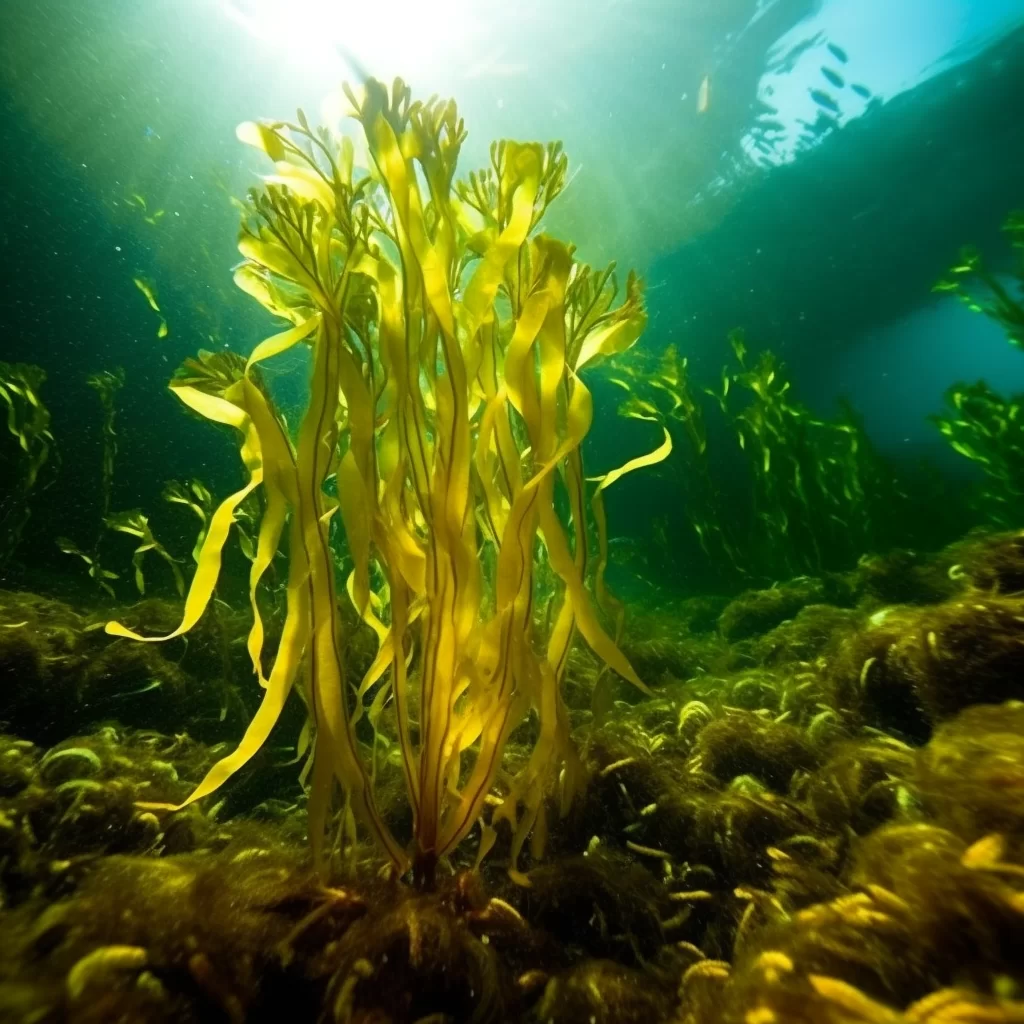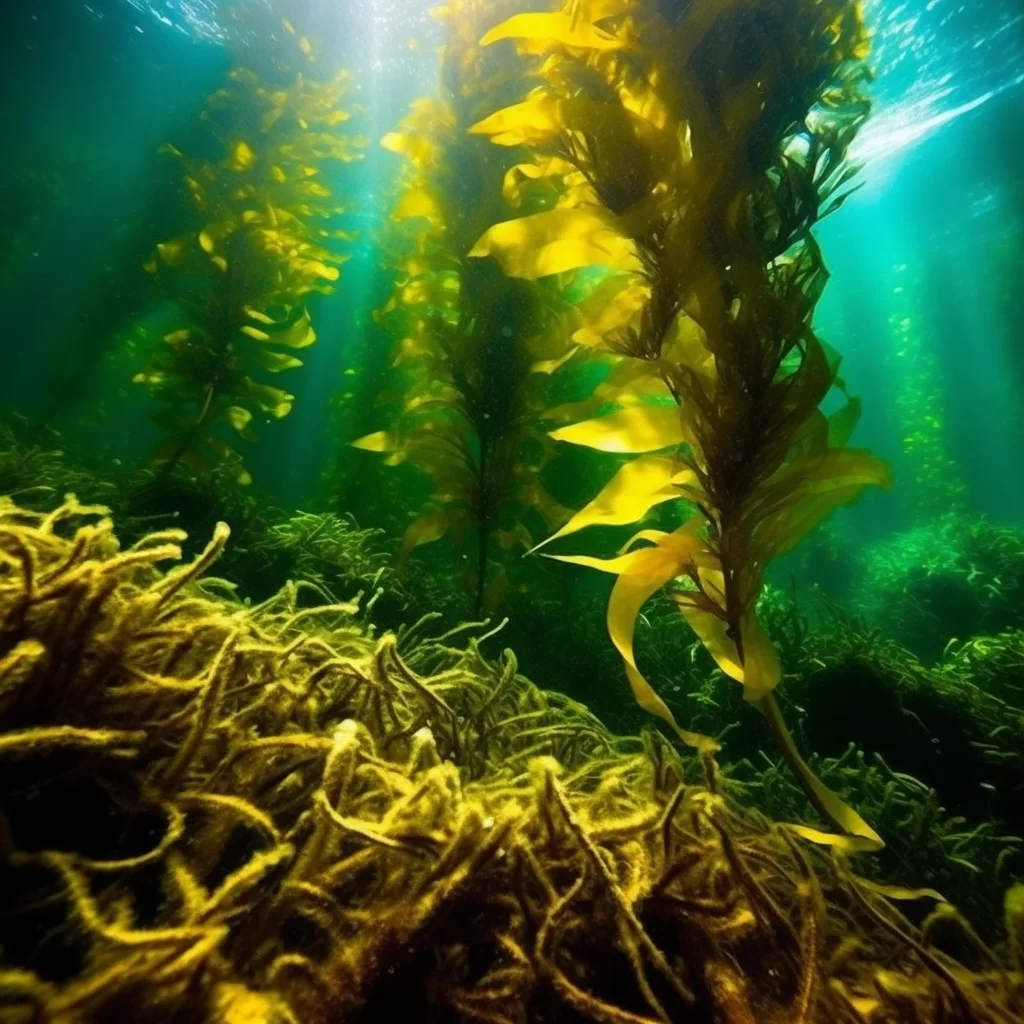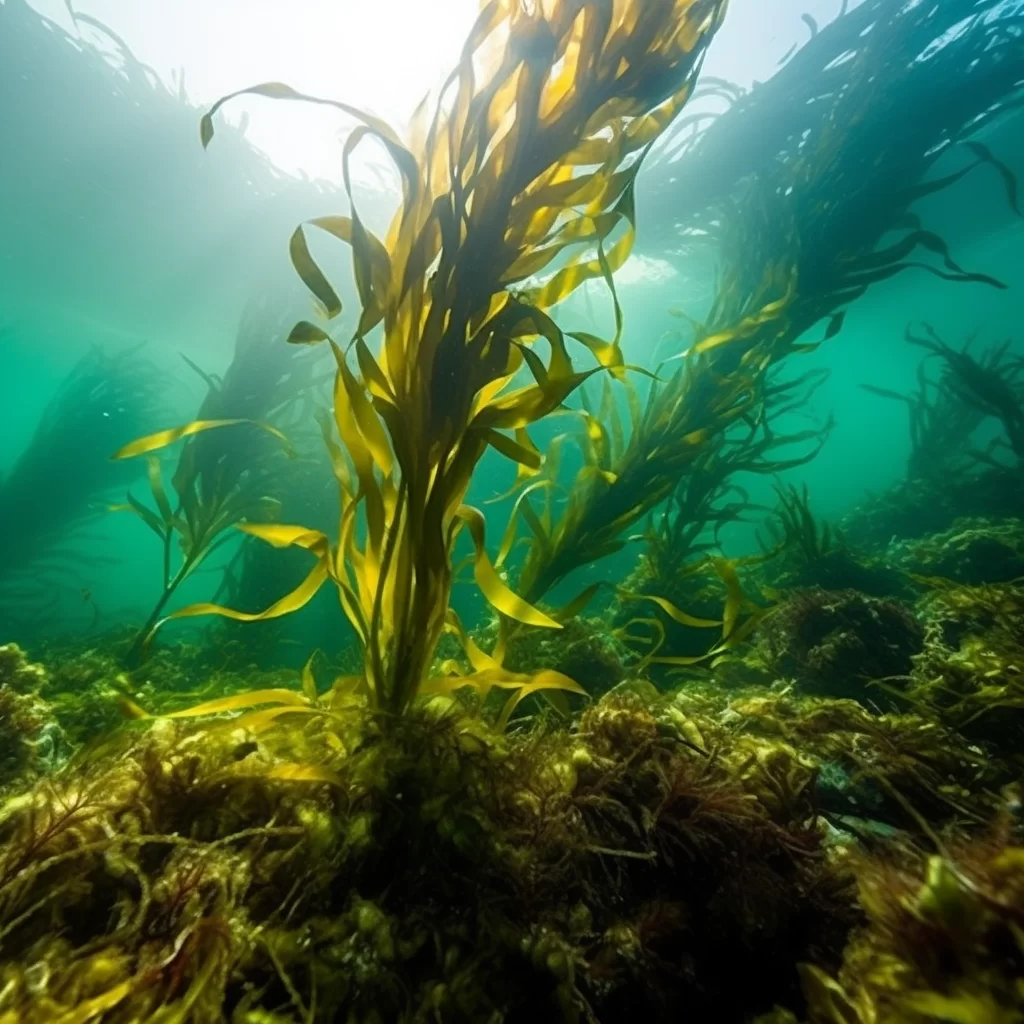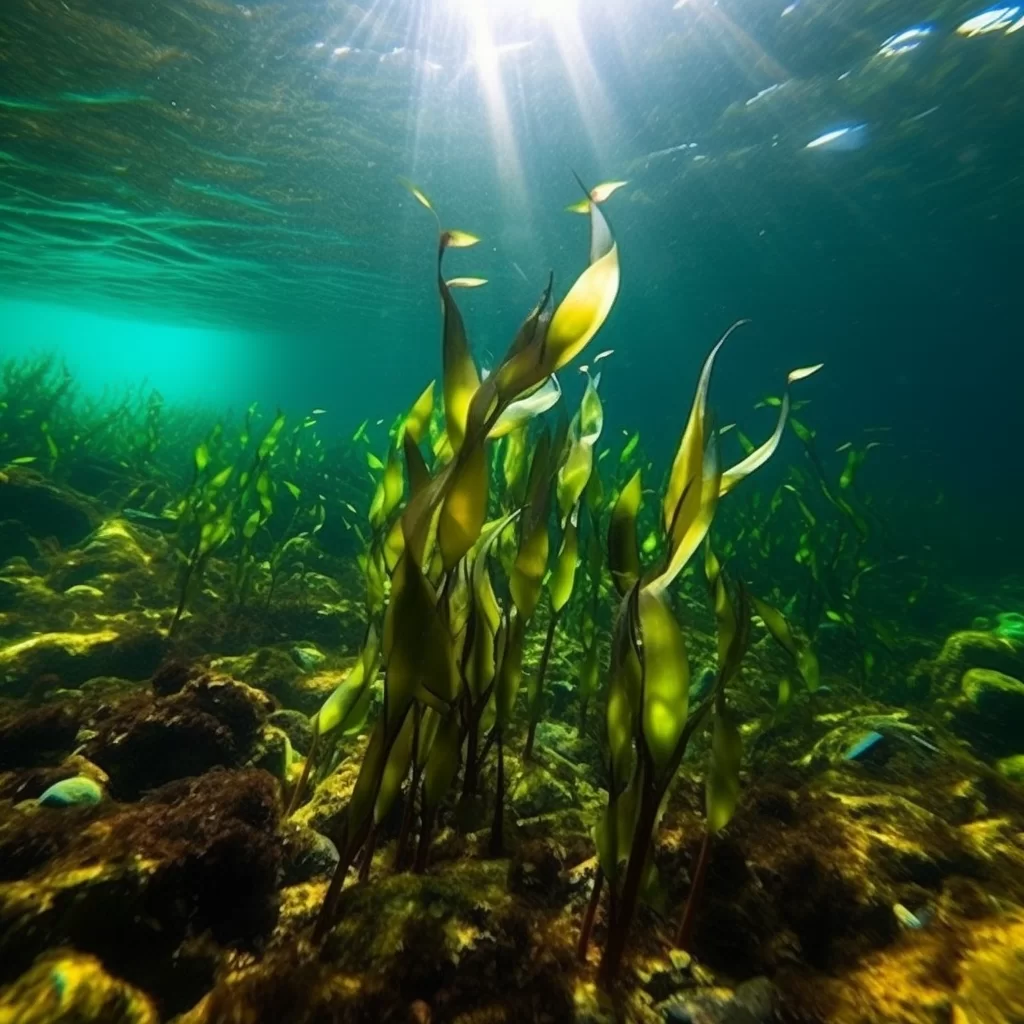Story of Day :
Contents
The Kelp Plant: A Complete Guide and Care Tips
Introduction
Growing a garden can be a fulfilling and rewarding experience.
The kelp plant, in particular, is a unique addition to any garden.
This aquatic plant is not only visually appealing but also has numerous benefits for both the environment and human health.
What is Kelp?
Kelp is an underwater plant that belongs to the brown algae family (Phaeophyceae).
It grows in saltwater environments such as oceans or seas and can come in a variety of colors like green, brown, or yellow.
Kelp plants are known for their long stems that reach up to several feet in length.
Benefits of Growing Kelp Plants
- Kelps are natural water purifiers since they absorb excess nutrients from the water surrounding them.
This makes them ideal for cleaning up polluted waters while providing nutrients that promote growth among other marine species.
- Kelps provide food for marine animals like fish and sea otters which helps maintain biodiversity within oceanic ecosystems.
- Kelps contain high levels of vitamins A, B-12, C & D along with minerals like iodine which offer several health benefits including improved thyroid function & blood sugar regulation among others
- Kelps help fight climate change by absorbing large amounts of carbon dioxide from the atmosphere during photosynthesis thereby reducing greenhouse gas emissions
Caring for Your Kelp Plant

Growing Conditions:
The success of growing your kelp plants depends on various factors such as temperature range, sunlight exposure & nutrient availability.
Below are some guidelines:
- Sunlight Exposure:
As such, they thrive in areas with ample light availability.
Place them in a spot that gets direct or indirect light for at least 6 hours daily.
- Temperature Range:
Most kelp plants need water temperatures of 6 °C to 14 °C (43°F to 57°F) to grow optimally.
- Nutrient Availability:
You can add compost or fertilizer rich in these nutrients when planting your kelp plant.

Planting Your Kelp Plant
The following steps will guide you on how best you can plant your kelp plant:
- Select an appropriate area – choose a spot where there is ample sunlight availability, nutrient-rich soil & optimal temperature range i.e., between 6°C -14°C (43°F -57°F).
- Dig holes – Dig holes where you want your kelp plants roots to be seated so that it does not float away easily during currents
- Add fertilizers– sprinkle some organic fertilizers around each plant before watering them lightly; this will promote healthy root growth as well as provide essential nutrients needed for photosynthesis by the leaves & stem above ground.
When planting seedlings, it is important to handle them with care.
Each seedling should be placed into a hole that has been dug into the soil.
It is essential to ensure that the seedling is well-anchored into the soil and that its fronds are not covered too much.
This will allow for optimal growth and development of the plant.Properly placing the seedling will also help prevent damage to its roots and allow for efficient absorption of nutrients from the soil.
In addition, ensuring that each plant has enough space to grow will improve airflow between plants, reducing risk of disease and pests.
Overall, taking time and care when placing each individual seedling can greatly impact their future success in growing strong and healthy.
Maintenance Tips:
To ensure optimal growth and survival of your kelp plants, consider the following maintenance tips:
- Regular watering – kelp plants require consistent moisture levels to thrive.
Water them thoroughly during planting and thereafter at least once a day.
If you have a kelp plant in your garden or aquarium, it is important to keep an eye on its fronds.
These parts of the plant may get tangled or damaged due to environmental factors or pests.
When this happens, it is recommended to prune off the affected areas as soon as possible.
This will not only improve the overall appearance of the plant but also encourage healthy growth by redirecting nutrients towards undamaged portions. Regular pruning can also help prevent diseases and infections from spreading throughout the kelp plant.
Regular pruning can also help prevent diseases and infections from spreading throughout the kelp plant.
By removing any diseased parts, you are eliminating potential breeding grounds for harmful pathogens that could weaken or kill your entire plant over time.
So if you want your kelp plant to thrive and look its best, make sure to give it some TLC by pruning off any damaged or diseased fronds whenever necessary!To grow healthy and thriving kelp plants, there are a few important things to keep in mind.
One of the key factors is regular soil fertilization.
By applying organic fertilizer around your plant every four weeks during the growing season, you can provide essential nutrients that will help your kelp grow strong and healthy.
This can be especially important if you’re growing kelp in an area where the soil may not be naturally rich in these nutrients.
With regular fertilization, you’ll give your plants the support they need to thrive.Another critical aspect of maintaining healthy kelp plants is pest control.
Fortunately, kelp is usually quite resistant to pests and diseases, but crustaceans and snails may sometimes feed on them.
To combat this issue, it’s worth placing nets over your kelp beds as a protective measure against these critters.
By doing so, you’ll prevent them from causing damage to your plants while allowing them to continue growing strong without any interruptions or setbacks caused by pests or other potential threats that could impact their health and vitality over time.
Conclusion
Growing a kelp plant in your garden can bring numerous benefits both for the environment and human health.
With proper care such as adequate sunlight exposure, regular watering & nutrient availability, you can grow a thriving kelp garden right in your backyard.
It is our hope that this guide provides you with valuable insights on how best to care for your kelp plants thus ensuring their optimal growth and survival.